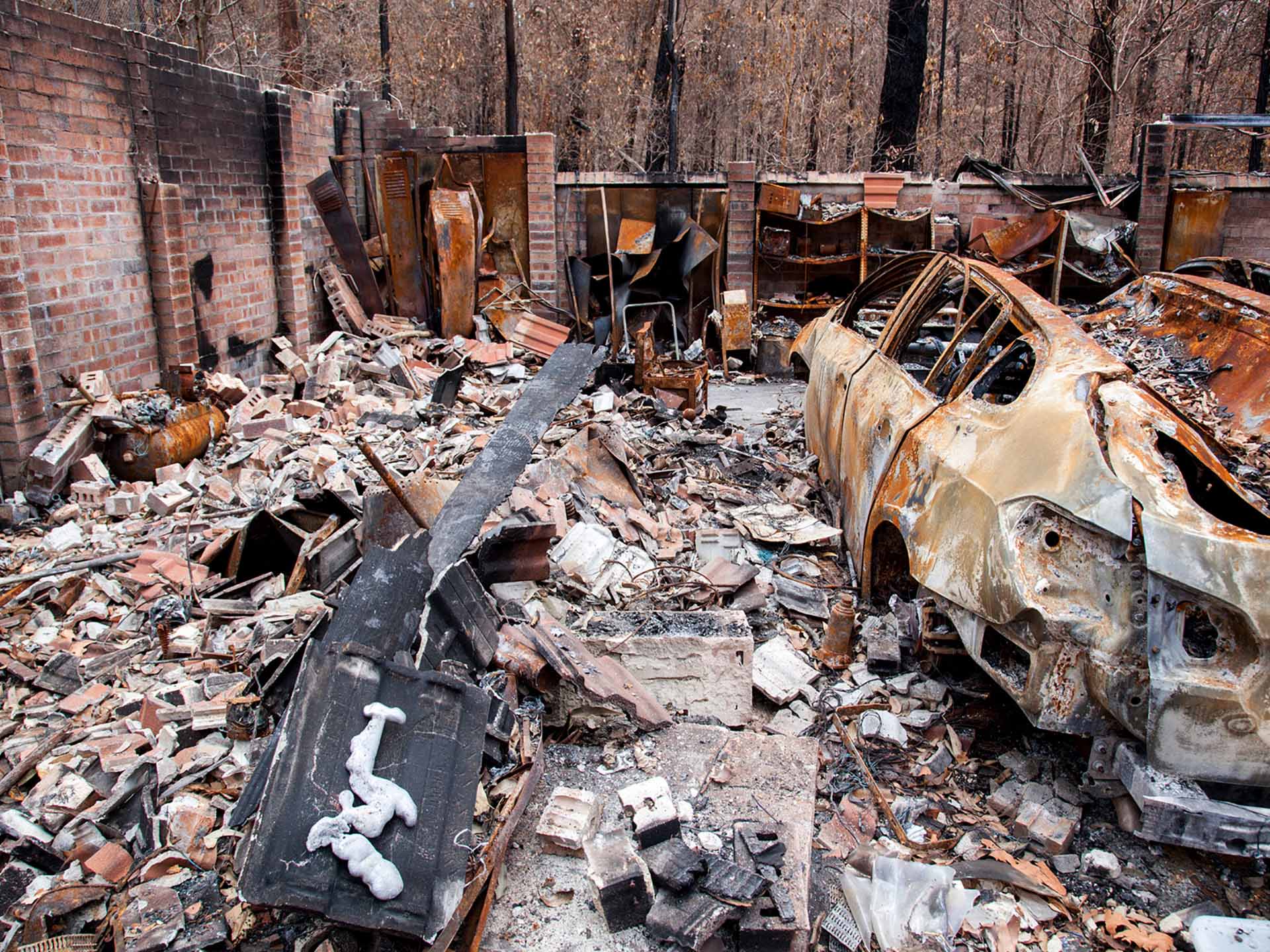Buying in a bushfire prone area

Escaping the hustle and bustle of city living is appealing to a growing number of people wanting to enjoy a ‘tree-change’ but living in or adjacent to a natural setting with scrub or grasslands brings with it the added consideration of bushfires.
Consider these following tips:
Plan and prepare – While bushfires are part of an Australian summer, emergency services can’t send a fire appliance to every home in the path of a bushfire. Homeowner have to take responsibility for doing all they can to prepare – and that includes those living on the urban fringes. That includes having to regularly clear gutters, cut grass, avoid rubbish piling up, and keeping firewood well away from a house.
Ask the question – contact the local council or CFS if you are thinking of buying something in a bushfire area, and what level of severity it has. This is called Bushfire Attack Level (BAL). Natural scrubland and national parks nearby could mean high fuel loads, so do your research and find out whether land management practices are keeping fuel loads down, and if there is any recent history of local bush or grassfires.
Check requirements – if you are buying to renovate or extend at some point, ask about any bushfire planning and building requirements. These can include a development application being considered by the CFS, needing dedicated water supplies and a pump for fire-fighting, a buffer zone between the home and vegetation, and appropriate access for fire appliances.
Have a plan – Whether you are moving into an area with a history of bushfires, or a few kilometres away from bushland or scrub - be prepared to have a bushfire survival plan and then stick to it.
Major modifications – consider the cost of upgrading or replacing bushfire-related equipment over the course of time, such as sprinkler systems, pumps and hoses. There are plenty of products that can help prepare a home against ember attack, as well as fire-resistant coatings for decking and other external timbers.
Create a firewise garden – consider whether that new home has a fire protection zone around the perimeter, and whether any garden beds, trees and other flammable objects need to be removed because they are too close. There will be a cost in replacing them with plants that are less likely to catch fire, but it may save your life.








